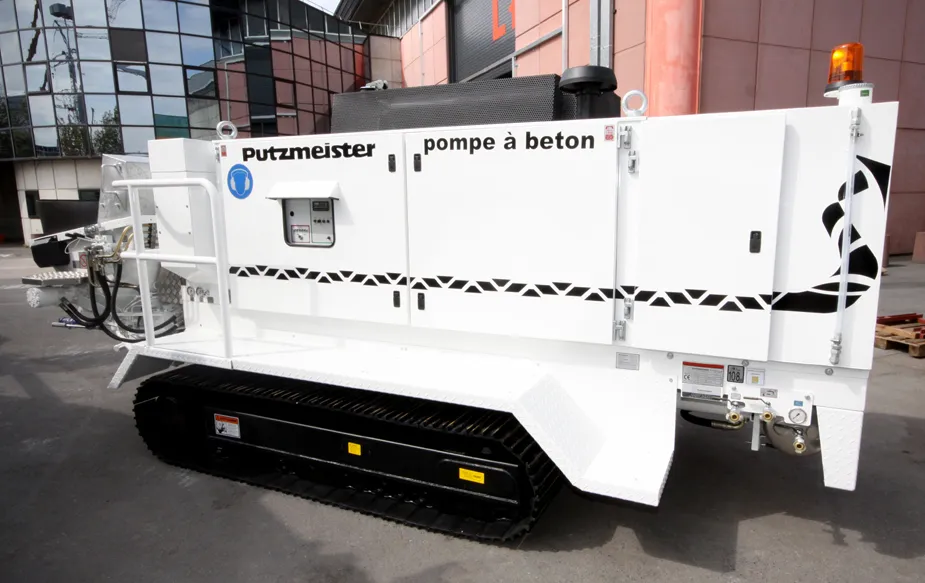Cyclists and vehicle drivers may have their differences on the road but they can, nonetheless, admire each other’s skills.
The ability of an articulated truck driver to back up while threading his lengthy vehicle through a narrow passage is often admired by cyclists.
Drivers, too, can admire the ability of a cyclist at a stop light to balance his bicycle while stationary, without taking his or her feet off the pedals, a feat called the track stand.
January 5, 2015
Read time: 2 mins

Cyclists and vehicle drivers may have their differences on the road but they can, nonetheless, admire each other’s skills.
The ability of an articulated truck driver to back up while threading his lengthy vehicle through a narrow passage is often admired by cyclists.
Drivers, too, can admire the ability of a cyclist at a stop light to balance his bicycle while stationary, without taking his or her feet off the pedals, a feat called the track stand.
But one Brazilian rider has taken the track stand to a higher level, as the video link below shows. The middle-aged man is no athlete and the bike is not a racing machine. Far from it, as it appears to be an inexpensive commuter machine. And the gas canister on his head is not lightweight.
To perform a track stand, a cyclist holds the pedal cranks in a nearly horizontal position with the front wheel being steered to the left or right as balance dictates. There is, in fact, often a slight forward and rear rocking motion to maintain balance.
For anyone interested in learning how to perform a track stand, the video below, presented by a seemingly professional rider somewhere ‘down under’, is a quick lesson in the art.
However, viewers of the video will notice the demonstration is taking place on a public road and that the cyclist is taking up one entire lane. In a nod in the direction of safety, he first of all says you want to find a quiet road so you don’t get run over. But then a vehicle then whooshes by him in the opposite lane, narrowly missing him. He is not apparently bothered by the incident.
Please %$Linker:2 External <?xml version="1.0" encoding="utf-16"?><dictionary /> 0 0 0 oLinkExternal click here Visit Youtube Video page false https://www.youtube.com/watch?v=pbeaB3G79vI false false %> to view a video
The ability of an articulated truck driver to back up while threading his lengthy vehicle through a narrow passage is often admired by cyclists.
Drivers, too, can admire the ability of a cyclist at a stop light to balance his bicycle while stationary, without taking his or her feet off the pedals, a feat called the track stand.
But one Brazilian rider has taken the track stand to a higher level, as the video link below shows. The middle-aged man is no athlete and the bike is not a racing machine. Far from it, as it appears to be an inexpensive commuter machine. And the gas canister on his head is not lightweight.
To perform a track stand, a cyclist holds the pedal cranks in a nearly horizontal position with the front wheel being steered to the left or right as balance dictates. There is, in fact, often a slight forward and rear rocking motion to maintain balance.
For anyone interested in learning how to perform a track stand, the video below, presented by a seemingly professional rider somewhere ‘down under’, is a quick lesson in the art.
However, viewers of the video will notice the demonstration is taking place on a public road and that the cyclist is taking up one entire lane. In a nod in the direction of safety, he first of all says you want to find a quiet road so you don’t get run over. But then a vehicle then whooshes by him in the opposite lane, narrowly missing him. He is not apparently bothered by the incident.
Please %$Linker:







